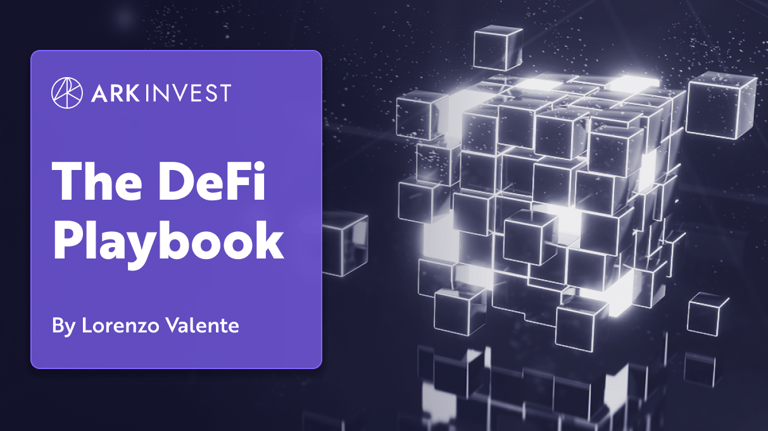DeFi Evolution Mirrors SaaS: Uniswap and Aave Shift from Modular to Integrated Platforms
August 27, 2025
Aave has adopted a modular architecture by unbundling infrastructure, outsourcing components, and encouraging third-party development, then reintegrating key elements to enhance control and user experience.
In DeFi, protocols like Uniswap and Aave exemplify the trend of unbundling, initially launching as monolithic platforms and evolving into modular, composable components integrated with external infrastructure such as oracles, multi-chain deployment, and third-party aggregators.
As the crypto industry matures, investors are increasingly looking to past tech booms in SaaS and fintech for insights into future trends in DeFi and crypto applications.
Uniswap is now shifting towards vertical integration to capture more of the user journey and optimize its platform for specific use cases.
This pattern of unbundling and rebundling mirrors the evolution seen in SaaS and fintech, where niche services like PayPal and Robinhood eventually rebundled into comprehensive platforms to offer integrated experiences.
These developments suggest that DeFi is following traditional SaaS and fintech strategies, oscillating between specialization and integration as it evolves.
Future winners in DeFi will likely be those protocols that strategically decide which components to own or share, balancing modularity with vertical integration to create compelling and defensible platforms.
Historically, early vertical integration in tech paved the way for modularization to expand ecosystems, and now large protocols are reintegrating critical components to enhance user experience, control, and revenue.
Aave exemplifies this trend by transitioning from a peer-to-peer lending platform to a modular, multi-chain architecture, then returning to vertical integration through issuing its own stablecoin (GHO) and developing in-house components.
The rapid evolution of DeFi is driven by permissionless infrastructure, instant capital formation via tokens, hyper-mobile liquidity, and a global market that accelerates the development of super apps.
The cycles of unbundling and rebundling observed in SaaS and fintech are now manifesting in DeFi, facilitated by the concept of composability, which allows apps to interact seamlessly like Lego blocks.
Historically, unbundling involved breaking down broad platforms like banks into specialized applications, enabled by advances in APIs, cloud computing, mobile UX, and embedded payments, fostering innovation.
Uniswap's evolution from a simple AMM to a liquidity Lego with external integrations, and now towards vertical integration with features like its own wallet and Layer-2 chain, illustrates this pattern.
Summary based on 2 sources
Get a daily email with more Crypto stories
Sources

Seeking Alpha • Aug 27, 2025
DeFi Is Following The SaaS And Fintech Playbooks
Ark Invest • Aug 26, 2025
DeFi Is Following The SaaS And Fintech Playbooks